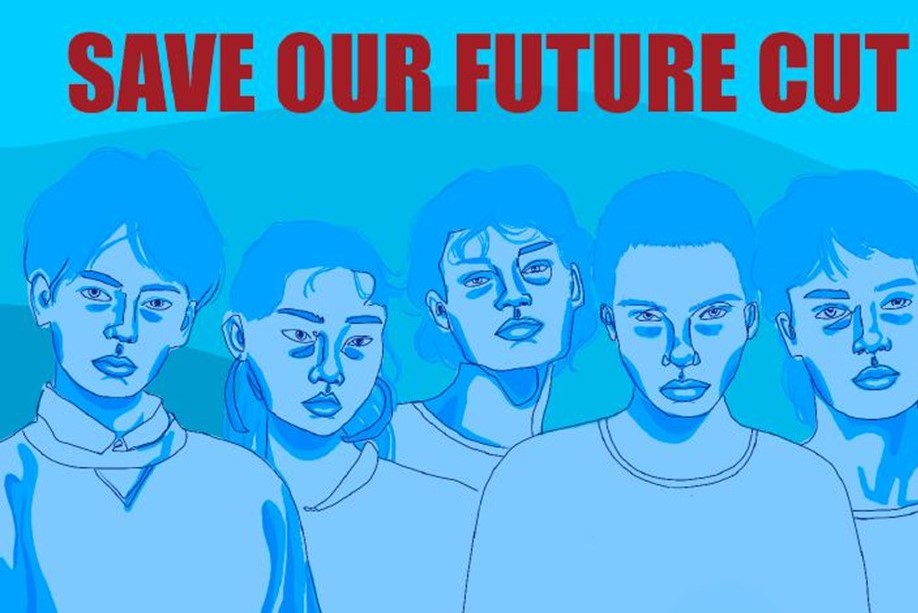
by Nelson Graves | 10 Jun 2021 | African Leadership Academy, Climate change, Environment, European School Brussels, Health and Wellness, News Decoder Updates, Youth Voices
A reporting project profiling youth who are fighting climate change includes two students at a News Decoder partner school in Belgium. Video of “The Writing’s on the Wall” mural being painted at the European School of Brussels II. Video by Amélie...

by Varun Singh | 7 Jun 2021 | Climate change, Educators' Catalog, Environment, La Jolla Country Day School, Student Posts, World, Youth Voices
As arid San Diego struggles to ensure adequate water supplies, the city can look to Cape Town and Lima for examples of how to dodge disaster. Water drops from a spout at a water purification facility in San Diego, California, 8 May 2015. (AP Photo/Gregory Bull) San...
News Decoder encourages students to look beyond their immediate surroundings and to connect the dots around the globe. Varun Singh, a resident of San Diego in California and a student at La Jolla Country Day School, turned to Cape Town, South Africa and Lima, Peru for examples of how his city could manage its water crisis. The next generation of leaders will need to be adept at finding global solutions to problems besetting our societies, and Singh sets an example.
Exercise: Ask your students to identify a problem in their local community and to find examples of how a community in another country tackled the same challenge.
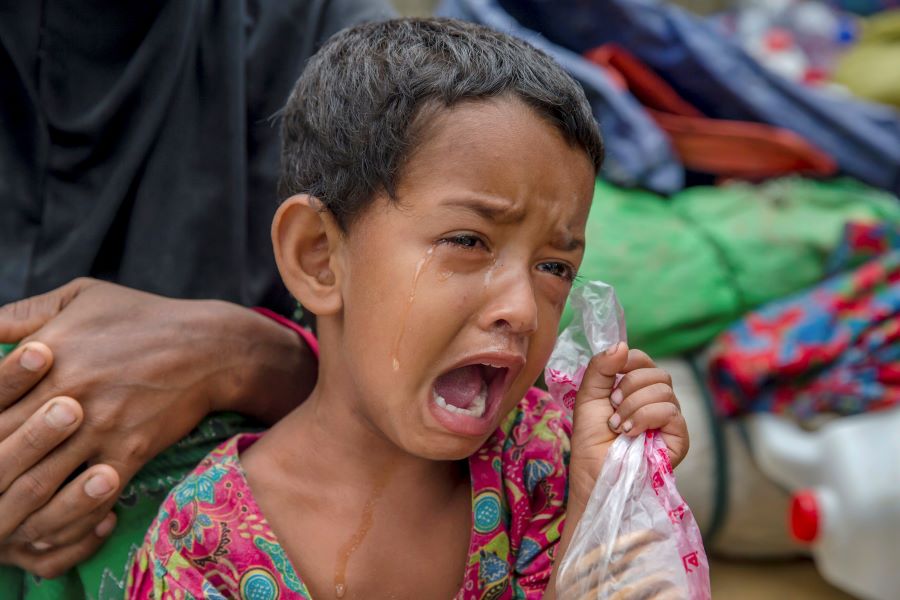
by Tara Heidger | 25 May 2021 | Climate change, Educators' Catalog, Environment, Human Rights, Immigration, Politics, World
Climate change is uprooting more and more people from their homes. But managed sensibly, migration can help nations adapt to global warming. A Rohingya girl at a refugee camp in Kutupalong, Bangladesh (AP Photo/Dar Yasin) Growing numbers of people around the world,...
Migration has been in the headlines in recent years and given a lift to populist politicians who predict that climate migrants will soon be flooding across borders. News Decoder correspondent Tara Heidger examines the data to tell a different story: that most individuals uprooted because of conflict, disasters or climate change remain within their countries, and that migration, managed well, can be a sensible response to climate change.
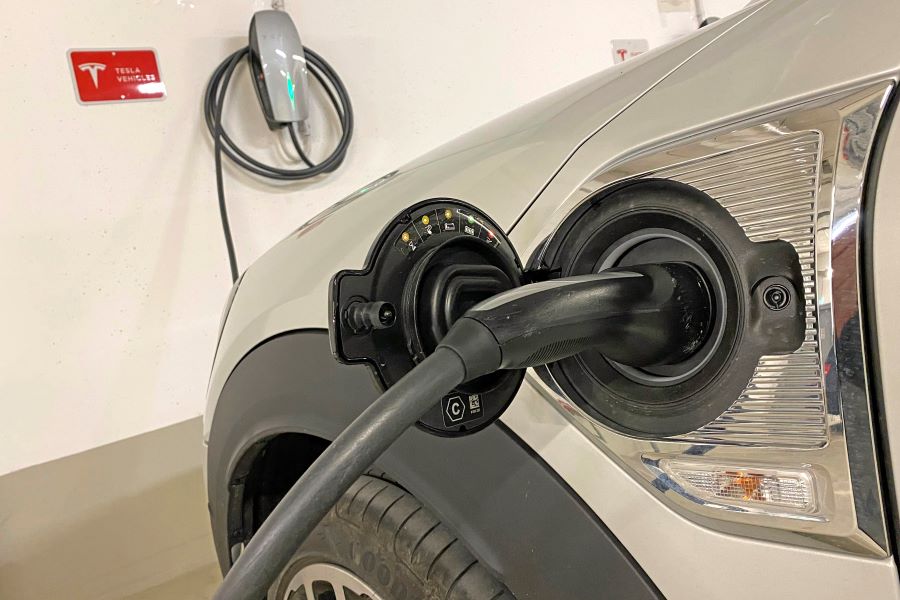
by Jeremy Lovell | 10 May 2021 | Climate change, Environment, Technology
More needs to be done so electric vehicles can reach their potential to reduce carbon emissions. But surging sales show they are here to stay. Wallbox for charging an electric car (Frank Hoermann/SVEN SIMON/picture-alliance/dpa/AP Images) Electric cars are flying off...
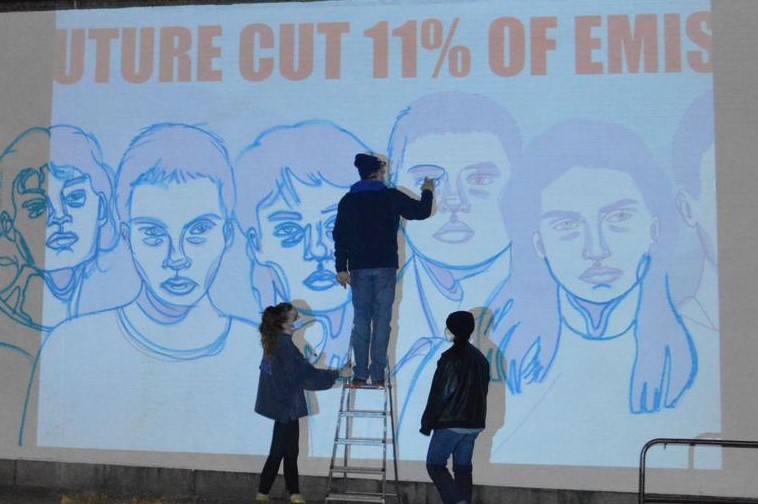
by Gustav Paulander, Henrik Skaringer and Thomas Winship | 7 May 2021 | Climate change, Educators' Catalog, Environment, European School Brussels, Student Posts, Youth Voices
Individual acts to shrink our carbon footprint are fine. But to prevent a climate disaster on Earth, governments must pass laws to cut carbon emissions. News Decoder · The Great Acceleration The numbers are shocking. In just seven decades, our population has more than...
In this podcast, three students from the European School of Brussels II argue that individual acts to shrink our carbon footprint are fine, but governments must pass laws to cut carbon emissions to prevent a climate catastrophe. Gustav Paulander, Henrik Skaringer and Thomas Winship examine “The Great Acceleration” – the dramatic surge in growth across a large range of measures of human activity since the mid-20th Century – and what it implies for our planet’s future.

by Akvile Seleviciute and Auguste Sturlyte | 31 Mar 2021 | Art, Climate change, Contest winners, Contests, Environment, European School Brussels, Student Posts, Youth Voices
Students in Brussels are engaging in an art protest to show the world that it’s time to make far-reaching changes to avert a climate catastrophe. A sketch of “The Writing’s on the Wall,” by Amélie Zimmermann This story was a runner-up in News...
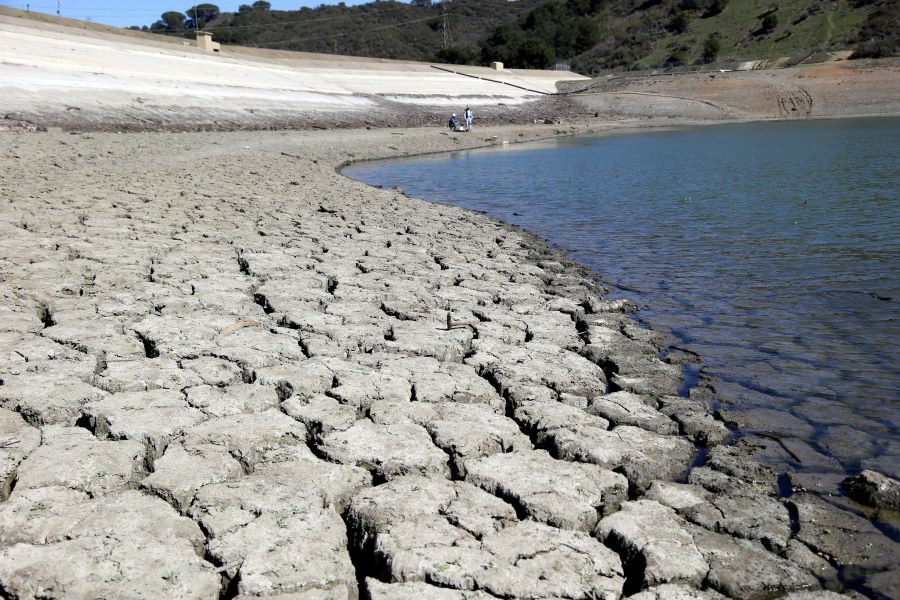
by Li Keira Yin | 25 Mar 2021 | Americas, Educators' Catalog, Environment, Health and Wellness, Student Posts, Thacher School, Youth Voices
California’s water supplies are being squeezed by climate change. By better capturing, recycling and distributing water, the state can avert a crisis. A dry reservoir bed in Cupertino, California, 13 March 2014 (AP Photo/Marcio Jose Sanchez) Water has long been...
Beset by raging wildfires and drought, Californians could be forgiven for thinking a climate Armageddon is upon them. The easy assumption would be that global warming means the most populous U.S. state does not have enough water for its many farmers and citizens. Keira Yin of The Thacher School provides a fuller picture by interviewing a water resilience expert and probing data. She concludes that stepped-up efforts to better capture, recycle and distribute water could go a long way towards ensuring the state can fend off the effects of climate change. Ask your students to consider how climate change is affecting water supplies in your region and to identify what the government is or could be doing about it.

by Santiago Riveros Crosby | 16 Mar 2021 | Educators' Catalog, Environment, Gimnasio Los Caobos, Student Posts, Youth Voices
An old man and his great-grandson look out over a city—devoid of trees. Is this nature as our offspring will know it? Claude Monet, “Weeping Willow” (1918), Columbus Museum of Art, Wikimedia Commons Santiago Riveros Crosby is a student at News Decoder...
Climate change poses an existential threat to humanity that hangs like a dark cloud over students. Add to that a pandemic that has killed millions and turned students’ lives inside out, and you have a one-two punch to the mental well-being of even the most resilient students. Santiago Riveros Crosby of Gimnasio Los Caobos has both climate change and COVID-19 in mind in his very short story that takes us to the year 2060 and a landscape devoid of trees, viewed by a masked boy and his great-grandfather. Writing tightly is tough, but in just a few words, Crosby evokes a young generation’s angst. Ask your students to express their feelings about global warming and the pandemic — using the medium of their choice.
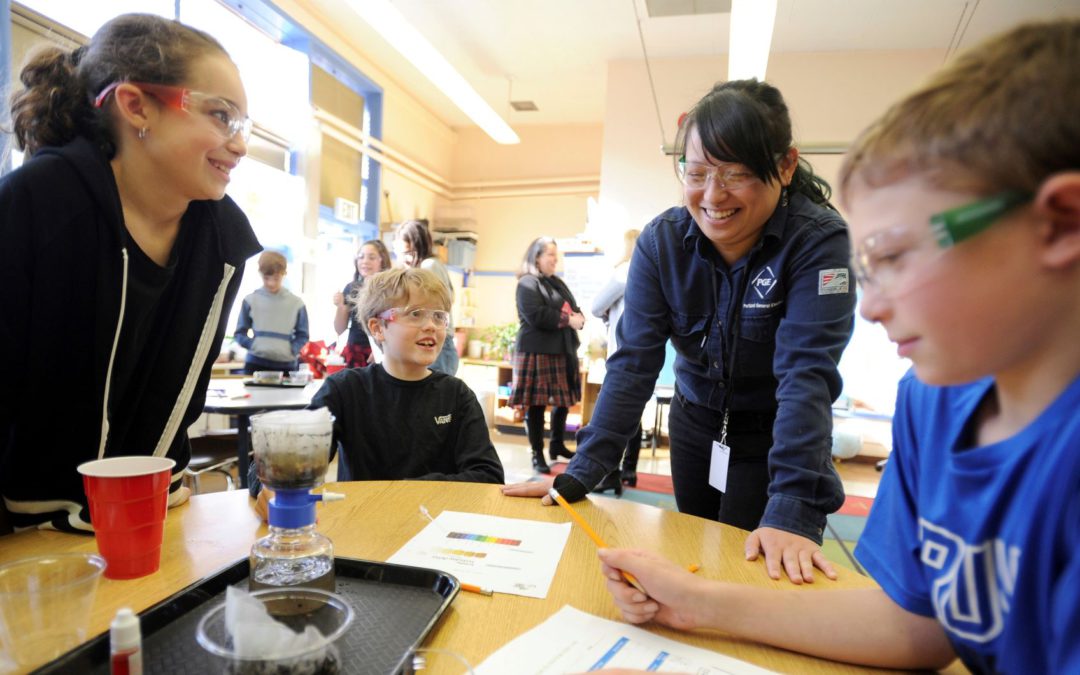
by Lucy Jaffee | 24 Feb 2021 | Americas, Climate change, Contest winners, Contests, Educators' Catalog, Environment, La Jolla Country Day School, Student Posts, United States, Youth Voices
Most Americans want schools to teach about global warming. But skeptics and lack of teacher training make it hard to implement climate change education. Students learn about water filtration as part of their climate literacy curriculum in Portland, Oregon, 30 January...
Climate deniers have lost the political high ground in the United States, but the struggle to combat global warming has only just begun. Lucy Jaffee of La Jolla Country Day School explores why teaching about climate change can help reduce carbon emissions, but also why U.S. schools are having such a hard time fostering climate literacy. She interviewed a local expert and two teachers in her examination of the challenges schools face in meeting the expectations of parents who want climate change in the curriculum. Ask your students to explore how climate change is being taught in their school, and if not, why not?
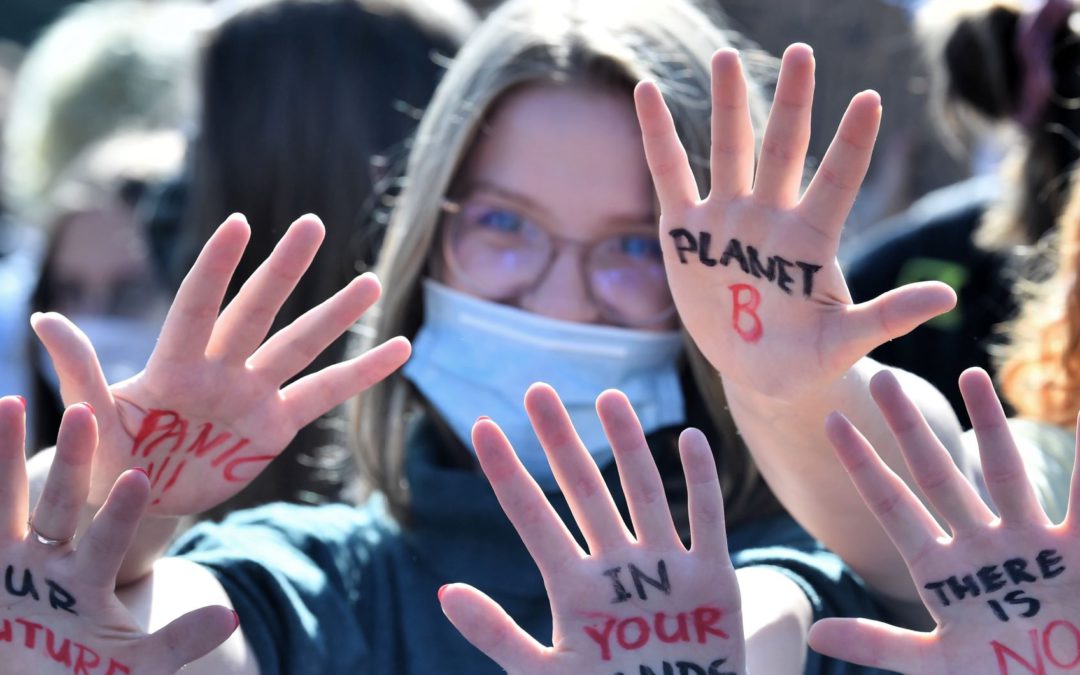
by Malcolm Davidson | 22 Feb 2021 | Climate change, Donald Trump, Environment, Joe Biden, World
COVID-19 vaccines have been developed in record time. Can that impetus and Gen Z help the world tackle the complex problem of climate change? Participants in the Youth Climate Strike in Rzeszow, Poland, 25 September 2020 (EPA-EFE/DAREK DELMANOWICZ) Vaccines against...









